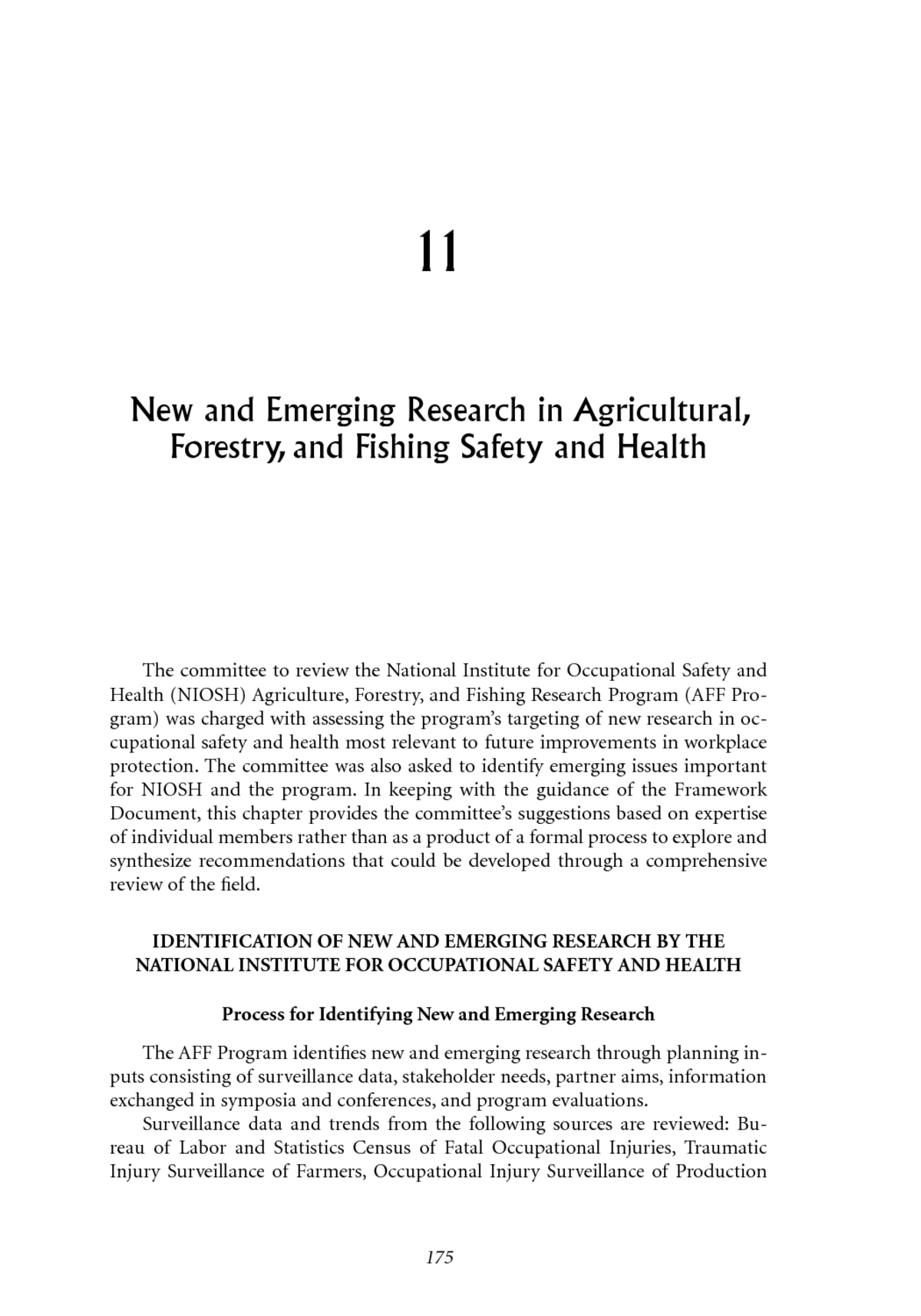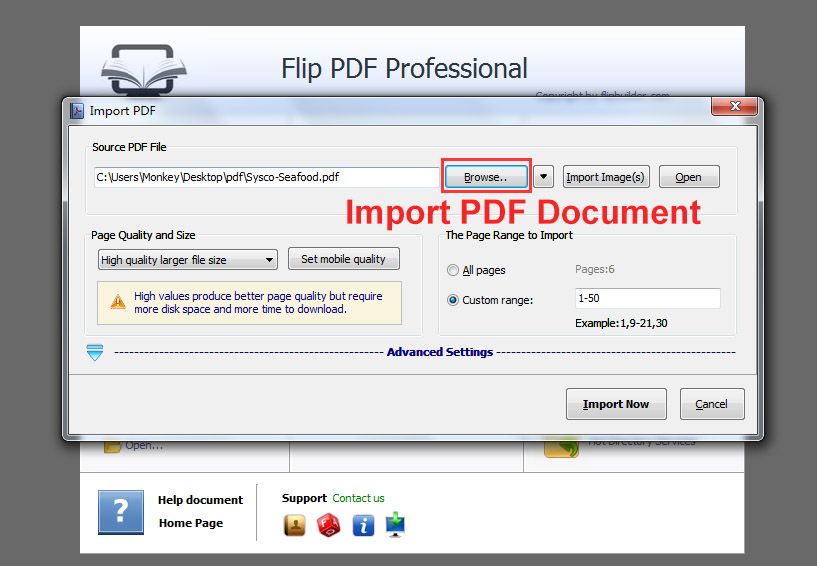Book Margin Safety Pdfs
The margin of safety is a financial ratio that measures the amount of sales that exceed the. In other words, this is the revenue earned after the company or department pays all of its fixed and variable costs associated with producing the goods or services. You can think of it like the amount of sales a company can afford to lose before it stops being profitable.It’s called the safety margin because it’s kind of like a buffer. This is the amount of sales that the company or department can lose before it starts losing money. As long as there’s a buffer, by definition the operations are profitable. If the safety margin falls to zero, the operations break even for the period and no profit is realized.
Book Margin Safety Pdfs Printable
If the margin becomes negative, the operations lose money.Management uses this calculation to judge the risk of a department, operation, or product. The smaller the percentage or number of units, the riskier the operation is because there’s less room between profitability and loss. For instance, a department with a small buffer could have a loss for the period if it experienced a slight decrease in sales. Meanwhile a department with a large buffer can absorb slight sales fluctuations without creating losses for the company.Let’s take a look at how to calculate the margin of safety. FormulaThe margin of safety formula is calculated by subtracting the break-even sales from the budgeted or projected sales.This formula shows the total number of sales above the breakeven point. In other words, the total number of sales dollars that can be lost before the company loses money. Sometimes it’s also helpful to express this calculation in the form of a percentage.We can do this by subtracting the break-even point from the current sales and dividing by the current sales.This version of the margin of safety equation expresses the buffer zone in terms of a percentage of sales.
Book Margin Safety Pdfs Free
Management typically uses this form to analyze sales forecasts and ensure sales will not fall below the safety percentage.Managerial accountants also tend to calculate the margin of safety in units by subtracting the breakeven point from the current sales and dividing the difference by the selling price per unit.This equation measures the profitability buffer zone in units produced and allows management to evaluate the production levels needed to achieve a profit. Let’s take a look at an example.ExampleThe margin of safety is a particularly important measurement for management when they are contemplating an expansion or new product line because it shows how safe the company is and how much lost sales or increased costs the company can absorb.Let’s look at Bob’s machine shop for example. Bob produces boat propellers and is currently debating whether or not he should invest in new equipment to make more boat parts. Bob’s current sales are $100,000 and his breakeven point is $75,000. Thus, Bob would compute his margin of safety like this.As you can see, Bob achieves a $25,000 safety buffer.
This means that his sales could fall $25,000 and he will still have enough revenues to pay for all his expenses and won’t incur a loss for the period.Translating this into a percentage, we can see that Bob’s buffer from loss is 25 percent of sales. This iteration can be useful to Bob as he evaluates whether he should expand his operations.
For instance, if the economy slowed down the boating industry would be hit pretty hard. Bob estimates that he could lose 15 percent of his sales. Although he would still be profitable, his safety margin is a lot smaller after the loss and it might not be a good idea to invest in new equipment if Bob thinks there are troubling economic times ahead.Bob can also calculate his margin in total number of units. Currently, Bob sells his propellers for $100 each.

Thus, Bob’s calculation would look like this.As you can see, Bob has a 250-unit safety buffer from losses. In other words, Bob could afford to stop producing and selling 250 units a year without incurring a loss. Conversely, this also means that the first 750 units produced and sold during the year go to paying for fixed and variable costs. The last 250 units go straight to the bottom line profit at the year of the year.
'The three most important words in investing - ' margin of safety' and the four most dangerous - 'this time is different.' Frank Martin“Low price is the ultimate source of margin for error” Howard Marks“Is there a sufficient margin of safety?” Bruce Berkowitz“If you buy stock with a sufficient margin of safety, the probability is with you.” Li Lu“Most of the top ranked business schools around the world do not understand margin of safety. For them, low risk and low returns go together as do high risk and high returns. Over a lifetime, we all encounter scores of low-risk, high return bets.
They exist in all facets of life. Business schools should be educating their students on how to seek out and exploit these opportunities” Mohnish Pabrai“The best investments have a considerable margin of safety. This is Benjamin Graham’s concept of buying at a sufficient discount that even bad luck or the vissitudes of the business cycle won’t derail an investment. As when you build a bridge that can hold 30-ton trucks but only drive ten-ton trucks across it, you would never want your investment fortunes to be dependent on everything going perfectly, every assumption proving accurate, every break going your way.”. “We only want to buy when we can pay less than 60% of a conservative appraisal of a company’s value, based on the present value of future free cash flows, current liquidation value and/or comparable sales. Trying to create a big margin of safety” Mason Hawkins'There is no investment rule that remains immutable except the margin of safety.
There are always breaks and the trick is to begin to anticipate, if you can, where the break points will be and shift. Not the disciplines and not the framework but the tactics that are involved. ' Peter Cundill“The core concept of value investing is margin of safety.
The idea of value investing should be first and foremost about reducing risk. If you reduce risk the returns will take care of themselves.” CT Fitzpatrick“No matter how wonderful a business is, it’s not worth an infinite price. We have to have a price that makes sense and gives a margin of safety considering the normal vicissitudes of life.” Charlie Munger. 'The concept of a margin of safety is that an investor should purchase a security at a price sufficiently below his estimate of its intrinsic value that he will have protection against permanent loss even if his estimate proves somewhat optimistic. An analogy is an investor standing on the 10th floor of a building, waiting for an elevator to carry him to the lobby. The elevator door opens.

The investor notices that the elevator is rated for 600 pounds. There already are two relatively obese men in the elevator. The investor estimates their weights at about 200 pounds each. The investor knows that he weighs 175 pounds. The investor should not enter the elevator. There is an inadequate margin of safety. Maybe he underestimated the weights of the two obese men.
Maybe the elevator company overestimated the strength of the elevator’s cable. The investor waits for the next elevator. The door opens.
There is one skinny old lady in the elevator. The investor says hello to the lady and enters the elevator. On his ride to the lobby, he will enjoy a large margin of safety.' 'What attracts us to the whole concept of value investing is the idea of having a margin of safety, in terms of value over price. That margin of safety only exists if values are stable and it only improves if value increases.' C.T Fitzpatrick'We greatly doubt whether the man who stakes money on his view that the market is heading up or down can ever be said to be protected by a margin of safety in any useful sense of the phrase Thus, in sum, we say that to have a true investment there must be present a true margin of safety. And a true margin of safety is one that can be demonstrated by figures, by persuasive reasoning, and by reference to a body of actual experience.'
Benjamin Graham“We have to be comfortable buying in at a valuation that provides us with a margin of safety, irrespective of any activism we will attempt to initiate and that may be unsuccessful” Barry Rosenstein'We insist on a margin of safety to minimize the effects of bad judgements and maximise the results of good ones' Frank Martin'To help minimize the risk of permanent loss, I look for a margin of safety in the stocks we purchase' Ed Wachenheim'The in our investment strategy is to identify fundamentally good businesses and adhere to strict valuation discipline.' Jeffrey Ubben' Margin for error is a critical element in defensive investing. Whereas most investments will be successful if the future unfolds as hoped, it takes margin for error to render outcomes tolerable when the future doesn't oblige.
An investor can obtain margin for error by insisting on tangible, lasting value in the here and now: buying only when price is well below value; eschewing leverage; and diversifying' Howard Marks'The further off you get into the future, the greater your chances of misjudging what will happen. Therefore, the greater the allowance needed for a possible margin of error the more difficult it becomes to determine true value' Phil Fisher.